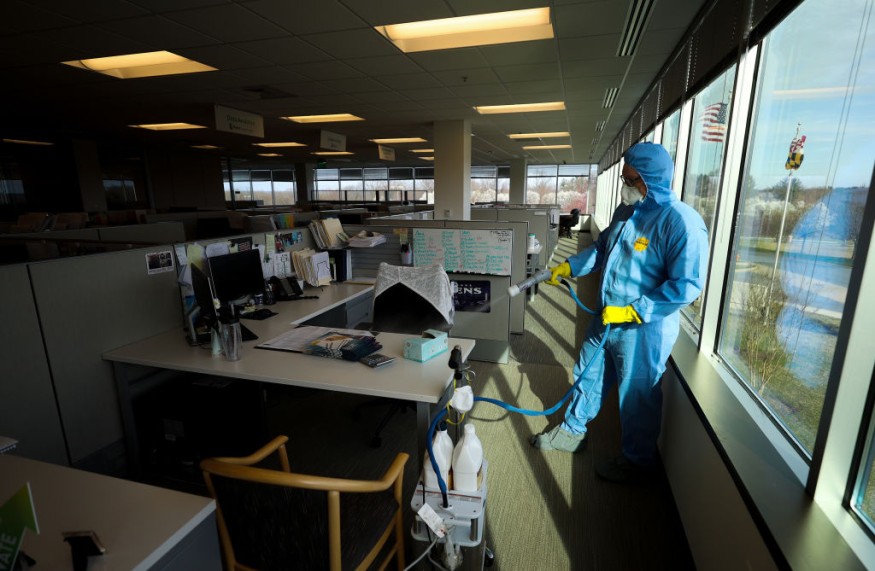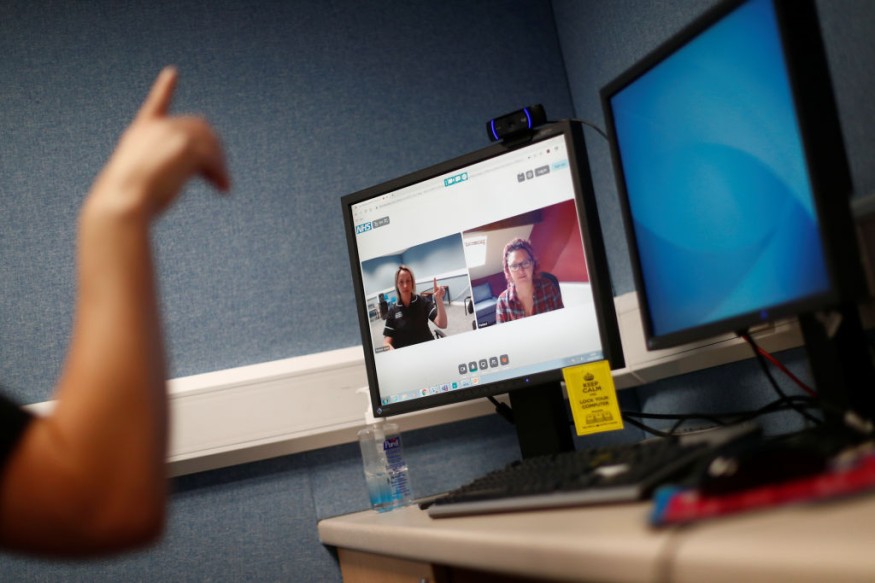
As the COVID-19 vaccine continues to roll out in the country, more and more companies are also preparing to bring back employees in the office setting. But instead of going back to their everyday hustle, businesses are gearing to embrace the "new normal," which means a new work environment and more anti-covid office features.
Aside from implementing strict cleaning protocols and social distancing, companies are also looking into expanding gathering spaces, fewer personal workstations, and adding new tools for remote workers.
Hybrid Work Model
According to Realtor Magazine, more than 80% of companies plan to adopt the hybrid work model where employees would split the workweek in the office and at home. The usual 9 am to 5 pm office hours will now be replaced with a 3-2-2 work schedule.
The 3-2-2 work scheme is slowly gaining popularity in the corporate world. The idea suggests that instead of spending five days a week in the office with an 8-9 hours shift, professionals should spend three days in the office, two days working from home, and get at least two days to rest each week.
Transforming Workspace Design
The work schedule is not the only one changed by the pandemic. Office spaces are also being reimagined so workers could still enjoy human interaction while exercising caution.
Common areas will still be present but will be equipped with furniture and features that could promote social distancing. Below are some anti-covid office features that companies are planning to add to offices.

Hot Desk
Instead of having personal desks reserved for every employee, they will be replaced with "hotelling" workstations or "hot desks."
Hot desks are meant to be used by whoever is present in the office on any given day. But employees will have to reserve their hot desk before showing up to work.
At the height of the coronavirus pandemic last year, employees raised eyebrows using hot desks as they wanted to avoid contaminated surfaces. But this changed when offices implemented a protocol of wiping down and disinfecting tabletops before and after use and slowly become a norm in the office.
Zoom Rooms
Conference rooms are common in every office, but the standard meeting room will get a reboot due to the coronavirus pandemic.
In the past, conference rooms are meant for gathering people with a large screen to discuss business matters. Now, conference rooms will be replaced with Zoom rooms, where the large screen will not only be used for presentations but also to feel the presence of remote co-workers.
Other devices, including 360-degrees cameras, microphones, speakers, and tripods, will also be present in Zoom rooms to improve the sound and visual quality during conference calls.

Holographic Representation
But wait, there's more! Some companies are taking the new normal to the next level by using artificial intelligence to organize a holographic representation for off-site employees. Unlike Zoom calls, using holograms will allow remote workers to sit at the table during in-office meetings.
Phone Booth, Screens, Digital Whiteboards and More
Some companies are also discussing having closet-sized phone booths where employees could make private calls. Screens are also expected to pop up around the office to avoid highly-touched office supplies. Digital whiteboards also gain popularity where in-office and remote workers can see what's being written in real-time.



